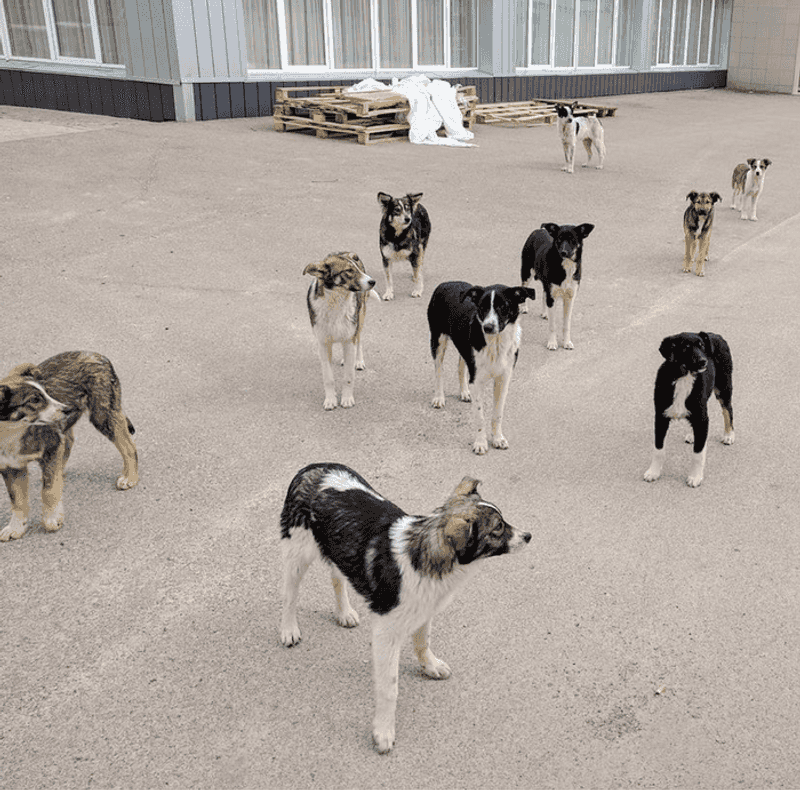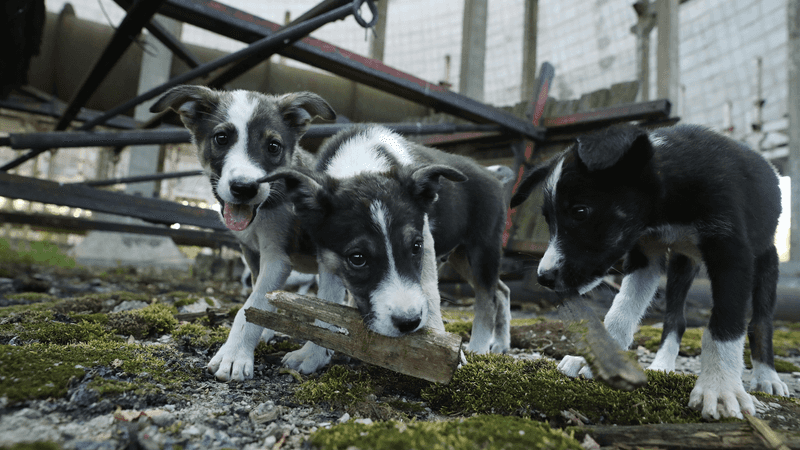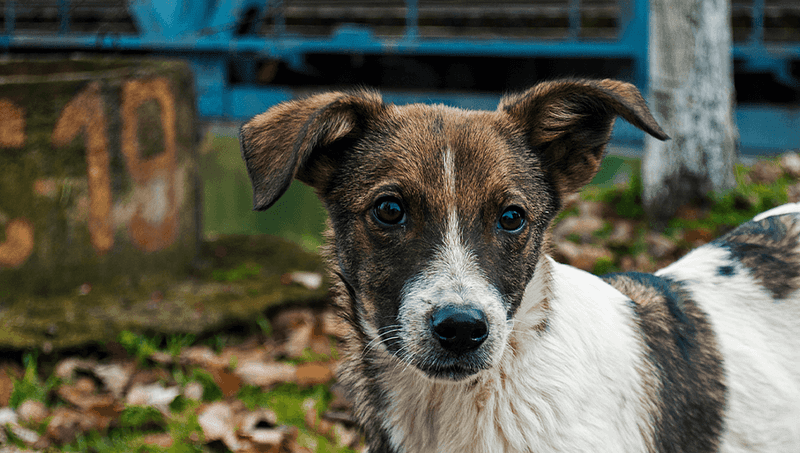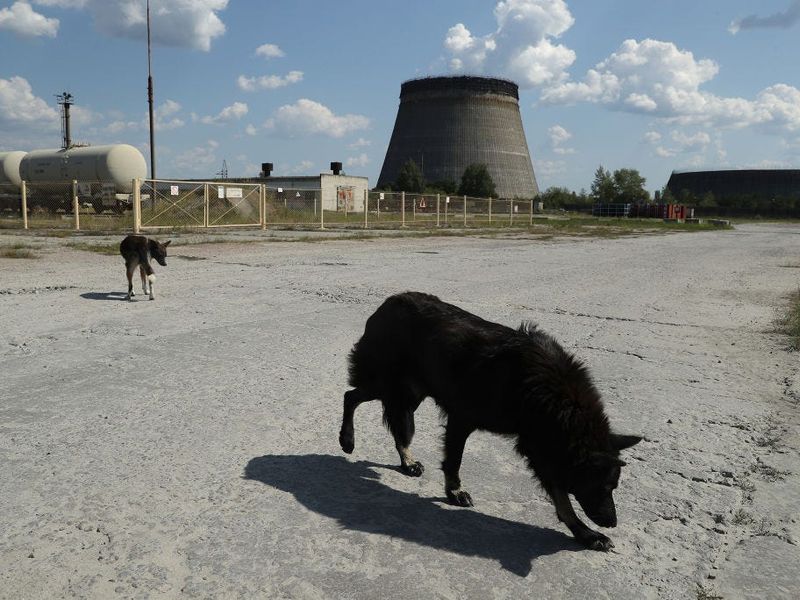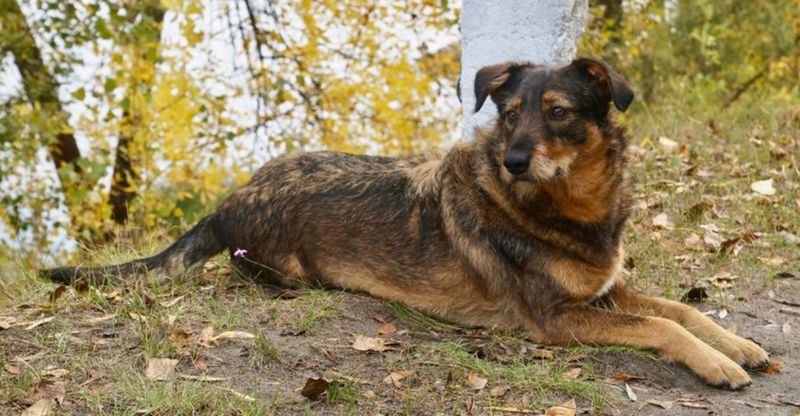Chernobyl, the site of the catastrophic nuclear disaster in 1986, is now home to a unique population of dogs that have survived and adapted in the exclusion zone. Researchers are intrigued by how these dogs are changing, both physically and behaviorally, after nearly four decades in this radioactive environment. This blog post explores nine fascinating ways in which Chernobyl’s dogs might be evolving, shedding light on their resilience and adaptability in the face of adversity. From genetic mutations to social behaviors, these findings offer a glimpse into the complex world of evolution within an extraordinary context.
Altered Social Structures
In the desolate Chernobyl exclusion zone, dogs exhibit intriguing social structures. Unlike their urban counterparts, these dogs form packs that cooperate and share resources to survive. This behavior might result from the lack of human intervention and scarce resources, which force them to rely on each other more heavily. Researchers observe that these social bonds are crucial for their survival, enabling them to hunt and protect each other from potential threats. This cooperative behavior not only aids in survival but may also be a key factor in their ongoing evolution in this challenging environment.
Unique Coat Colors
Chernobyl’s dogs often display coat colors not typically seen in domestic dogs. Some possess unique patterns and hues, a possible result of genetic mutations induced by radiation exposure. These distinctive colors may serve as camouflage in their environment or could simply be a byproduct of their genetic divergence. Observing these variations offers insights into how environmental pressures can lead to unexpected traits. As they continue to thrive in this restricted area, these dogs provide a natural experiment on the effects of isolation and radiation on physical characteristics. Their coats tell a story of adaptation and survival.
Enhanced Foraging Skills
Surviving in Chernobyl’s exclusion zone requires exceptional foraging skills, and the dogs here have become adept at finding scarce resources. Their keen senses and intelligence enable them to locate food amidst the ruins and wilderness. This skill is not just about finding sustenance but also involves complex learned behaviors passed down through generations. The environment has honed their natural instincts, making them resourceful survivors. Understanding these behaviors provides valuable lessons in animal adaptation and survival under extreme conditions, offering insight into how life can persist against the odds.
Increased Radiation Tolerance
Amidst the ruins of Chernobyl, dogs roam the landscape, seemingly unaffected by levels of radiation that would be dangerous to many other species. Recent studies suggest these dogs are developing an increased tolerance to radiation. This adaptation might involve genetic mutations that repair DNA damage more efficiently. While their survival offers hope, it also raises questions about long-term health implications. Researchers continue to monitor these dogs to understand the full extent of their radiation resilience. Could these changes be passed to future generations, creating a lineage uniquely adapted to this harsh environment?
Evolution of Communication
Chernobyl’s dogs have developed unique communication methods to convey messages among pack members. In the absence of human interaction, these dogs rely heavily on body language, vocalizations, and scent marking to share information. This evolution in communication is crucial for maintaining social cohesion and ensuring safety. Researchers note that these behaviors differ significantly from those observed in domestic dogs, indicating a shift towards more complex social interactions. This adaptation highlights the importance of communication in survival, especially in an environment as unforgiving as Chernobyl.
Heightened Senses
Living in an environment as unpredictable as Chernobyl requires heightened senses, and the dogs here have adapted accordingly. Their sense of smell, sight, and hearing are remarkably sharp, aiding in detecting both prey and potential dangers. This sensory enhancement is pivotal for their survival, allowing them to thrive where many other creatures cannot. Researchers are keen on understanding these adaptations, as they could provide insights into sensory evolution under extreme environmental pressures. The dogs’ enhanced senses serve as a testament to nature’s ability to adapt to adversity.
Genetic Diversity
The genetic makeup of Chernobyl’s dogs is a mosaic of diversity. Isolated from typical canine populations and exposed to radiation, these dogs display a wide range of physical and genetic traits. This diversity might be a double-edged sword, potentially leading to greater adaptability but also posing risks of genetic anomalies. Researchers study these dogs to uncover how radiation impacts genetic variation and resilience. Understanding their genetic landscape offers broader implications for studying evolution in isolated environments, providing a unique perspective on how life adapts to extreme conditions.
Unique Behavioral Traits
Chernobyl’s dogs exhibit behavioral traits not typically seen in domestic dogs. These could include surprising agility, unusual problem-solving skills, or unexpected social behaviors. Living in a challenging environment may have fostered these unique traits as survival mechanisms. Observing these behaviors offers insights into how animals adapt their actions to suit their needs in response to environmental pressures. These dogs, with their distinctive behaviors, provide a living case study of nature’s ingenuity. Their adaptability exemplifies the ongoing influence of evolution, even in the most inhospitable places.
Long-term Health Impacts
The long-term health impacts of living in a radioactive environment are a significant concern for Chernobyl’s dogs. While they appear healthy, radiation exposure may have subtle effects that manifest over time. Researchers are particularly interested in the potential for increased cancer rates or other health issues. Monitoring these animals provides crucial data on radiation exposure’s long-term effects, offering parallels to human health concerns in similar conditions. Understanding these impacts is vital, not only for the welfare of these animals but also for broader applications in studying radiation’s effects on living organisms.

